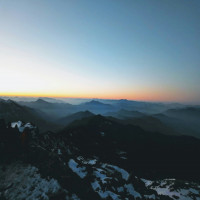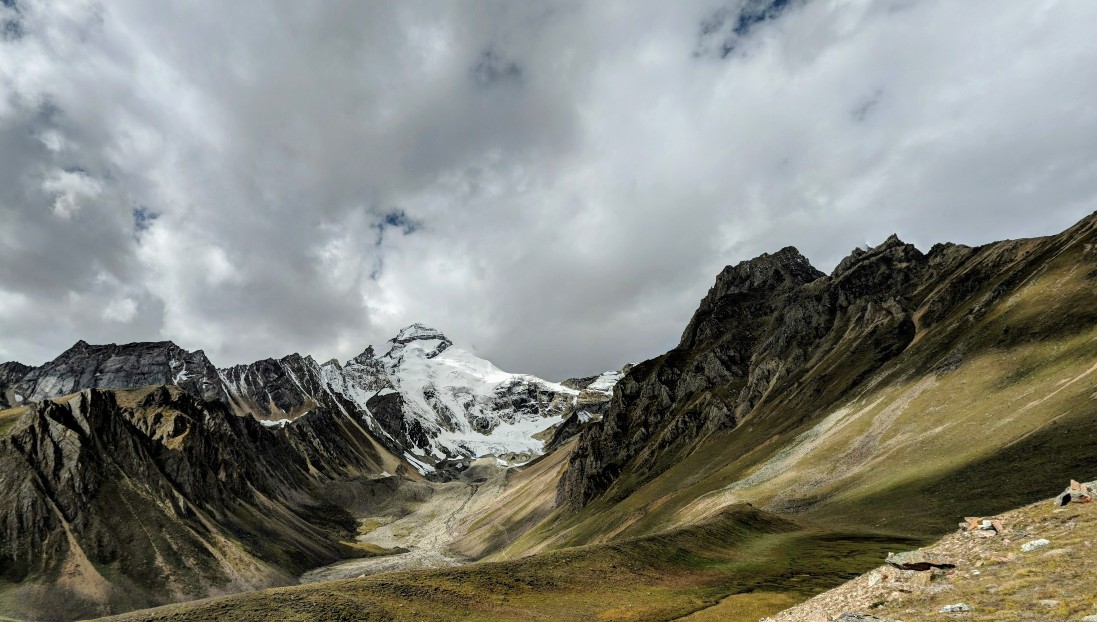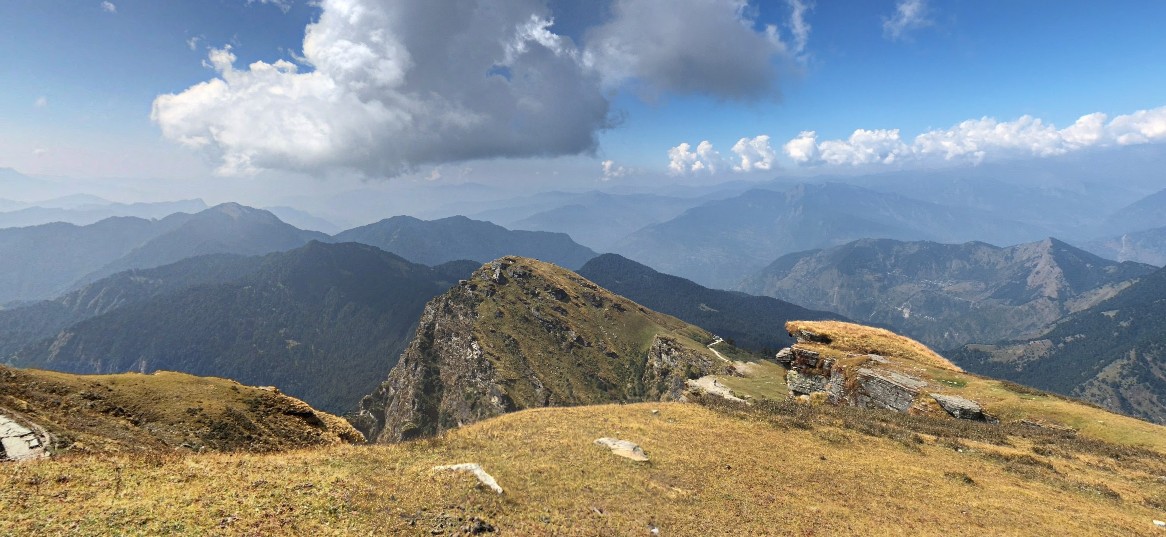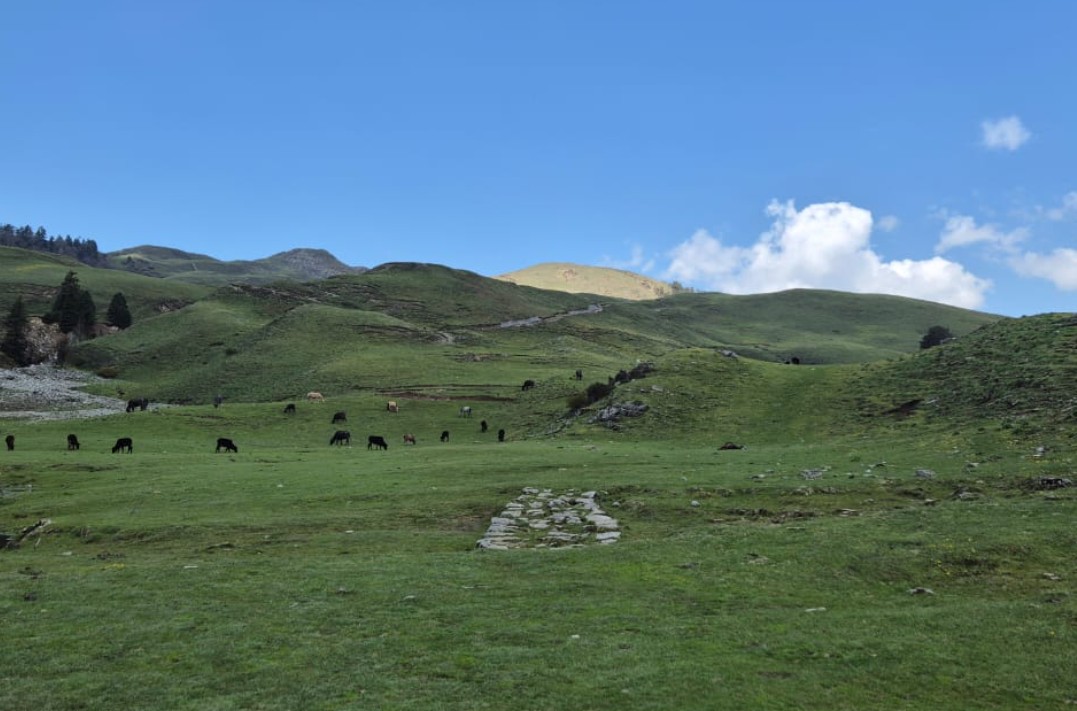Best Season to Visit Valley of Flowers: A Complete Guide to Planning the Perfect Trip
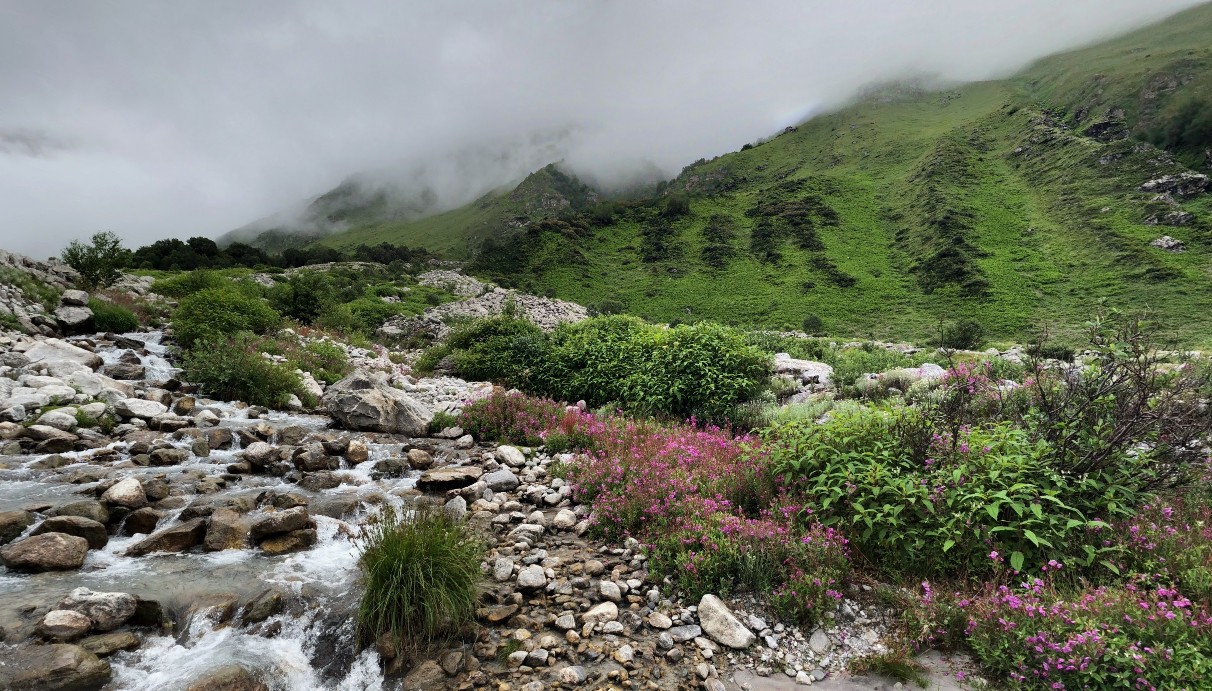
Strong 8k brings an ultra-HD IPTV experience to your living room and your pocket.
The Valley of Flowers National Park is one of the most spectacular natural treasures of India. Located in the Chamoli district of Uttarakhand in the Western Himalayas, this UNESCO World Heritage Site is renowned for its vibrant alpine meadows, unique biodiversity, and breathtaking scenery. The valley attracts nature lovers, trekkers, photographers, and botanists from across the globe. One of the most frequently asked questions by travelers planning a trip to this floral paradise is: what is the best season to visit Valley of Flowers?
This comprehensive guide explores the ideal time to visit the Valley of Flowers, including seasonal highlights, blooming periods, weather conditions, travel tips, trekking insights, and nearby attractions. With the right planning, your visit to this Himalayan marvel can be a truly unforgettable experience.
Overview: Why the Valley of Flowers Is So Special
Perched at an altitude of approximately 3,658 meters above sea level, the Valley of Flowers spans an area of 87.5 square kilometers. The region remained hidden from the outside world for centuries until it was officially discovered in 1931 by British mountaineers Frank Smythe and R. L. Holdsworth. Since then, it has gained international recognition for its unmatched natural beauty and ecological significance.
The valley is home to over 600 species of flowering plants, including rare and endangered varieties such as blue poppy, Brahma kamal, cobra lily, primulas, and orchids. In addition to its rich flora, the valley provides a safe haven for various species of wildlife, including the elusive snow leopard, Himalayan musk deer, Asiatic black bear, and numerous species of butterflies and birds.
For detailed information on the Valley of Flowers, including its biodiversity, and travel guidance, please visit our website at Himalayan Dream Treks.
Best Season to Visit Valley of Flowers
The Valley of Flowers is open to visitors from June to October each year. However, the best time to visit is generally considered to be between mid-July and mid-August, when the valley is in full bloom. During this brief window, the valley transforms into a vivid carpet of colors with thousands of wildflowers blooming in unison.
Why Mid-July to Mid-August Is Ideal
This period coincides with the Indian monsoon season. Although the trek may involve light to moderate rainfall, the monsoon rains are essential for nurturing the flora that makes the valley so famous. The trails are lush and green, the rivers and waterfalls are at their most vibrant, and the air is filled with the sweet scent of blooming flowers.
Temperature and Weather Conditions
During the optimal visiting period, the daytime temperature ranges between 12 degrees Celsius and 20 degrees Celsius. Nights are cooler and can drop to as low as 5 degrees Celsius, especially in higher altitudes. The weather is generally pleasant during the day, making it suitable for trekking and sightseeing. However, due to the altitude and monsoon conditions, it is advisable to carry warm clothing and waterproof gear.
Month-by-Month Breakdown
Understanding what to expect in each month can help you make a more informed decision when planning your trip.
1. June: Early Opening
The valley usually opens for tourists in early June, once the snow begins to melt. During this time, the trekking route is accessible, and the landscapes are lush with new greenery. However, most flowers have not yet begun to bloom. June is a good option for travelers who prefer a quieter experience and wish to avoid the peak tourist season.
2. July: Beginning of Bloom
By early to mid-July, monsoon rains begin to nourish the region. This marks the beginning of the blooming season. Lower altitudes of the valley start showing significant floral activity, and the waterfalls and streams are more prominent. July is also the time when the famed blue poppy begins to emerge.
3. August: Peak Bloom
August is widely regarded as the best month to visit the Valley of Flowers. By this time, the valley is in full bloom, with a vast array of flowers displaying their vibrant hues. This is the best time for photography, nature walks, and scientific observation. The diversity of plant life is at its highest, and the meadows look like a living painting.
4. September: Transition to Autumn
In September, the blooming season begins to wind down. Many flowers start to wilt, and the colors of the valley begin to fade. However, the landscape remains scenic, with mist-covered peaks and a peaceful atmosphere. This month attracts fewer visitors and is suitable for travelers seeking solitude in nature.
5. October: Closure for Winter
By early October, the valley starts receiving snowfall, and the National Park is officially closed for visitors. Trekking is no longer permitted due to safety concerns. The valley remains inaccessible until the following summer.
Trekking to the Valley of Flowers
Visiting the Valley of Flowers involves a moderate-level trek that begins from the town of Govindghat. From there, one needs to reach the base village of Ghangaria, which is approximately 13 kilometers by foot or mule. From Ghangaria, a four-kilometer uphill trail leads into the Valley of Flowers.
The total trekking distance requires a good level of fitness and preparation. Trekkers are advised to begin early in the morning to make the most of their day in the valley, as overnight stays are not permitted inside the park.
Essential Travel Tips
- Obtain necessary permits at Ghangaria before entering the national park.
- Carry a government-issued photo identification document.
- Hiring a local guide is recommended, especially during monsoon months.
- Wear sturdy trekking shoes with a good grip and waterproof lining.
- Carry reusable water bottles, energy snacks, sunscreen, and a first-aid kit.
- Always check the weather forecast before starting the trek each day.
- Maintain environmental etiquette by not littering and avoiding plastic.
Accommodation Options
- There are no accommodations inside the Valley of Flowers itself. Travelers typically stay in either Govindghat or Ghangaria.
- Govindghat offers parking facilities and budget hotels. It is the point where motorable roads end.
- Ghangaria is the closest village to the valley and serves as the base for both the Valley of Flowers and Hemkund Sahib treks. It has several guesthouses, lodges, and basic eateries. Accommodation should be booked in advance during the peak season.
How to Reach the Valley of Flowers
By Air
The nearest airport is Jolly Grant Airport in Dehradun, which is approximately 292 kilometers from Govindghat. From the airport, taxis and buses are available to reach Joshimath or directly to Govindghat.
By Rail
The closest railway station is located in Rishikesh, around 270 kilometers from Govindghat. Rishikesh is well-connected to major Indian cities. From Rishikesh, one can take a taxi or bus toward Joshimath and then onward to Govindghat.
By Road
Govindghat is accessible by road from major cities in Uttarakhand. Regular buses and taxis operate from Dehradun, Haridwar, Rishikesh, and Joshimath. The roads are generally in good condition, although landslides can occur during the monsoon.
Nearby Attractions Worth Visiting
Hemkund Sahib is a sacred Sikh pilgrimage site located at an altitude of 4,329 meters. It is a steep seven-kilometer trek from Ghangaria and offers spiritual tranquility and stunning high-altitude views.
Badrinath Temple is one of the most important Hindu pilgrimage sites and is located a few hours' drive from Govindghat.
Auli is a scenic hill station known for its panoramic views of the Himalayas and is a popular destination for skiing during winter.
Conclusion
If you are planning a visit to the Valley of Flowers, choosing the right time is essential for an optimal experience. The period from mid-July to mid-August is widely regarded as the best season to visit Valley of Flowers due to its full bloom, pleasant weather, and vibrant natural scenery. Whether you are a trekking enthusiast, nature lover, photographer, or botanist, this magical Himalayan destination offers a once-in-a-lifetime experience.
Plan well, respect nature, and prepare for an unforgettable journey into one of the most enchanting landscapes on Earth.
Note: IndiBlogHub features both user-submitted and editorial content. We do not verify third-party contributions. Read our Disclaimer and Privacy Policyfor details.

